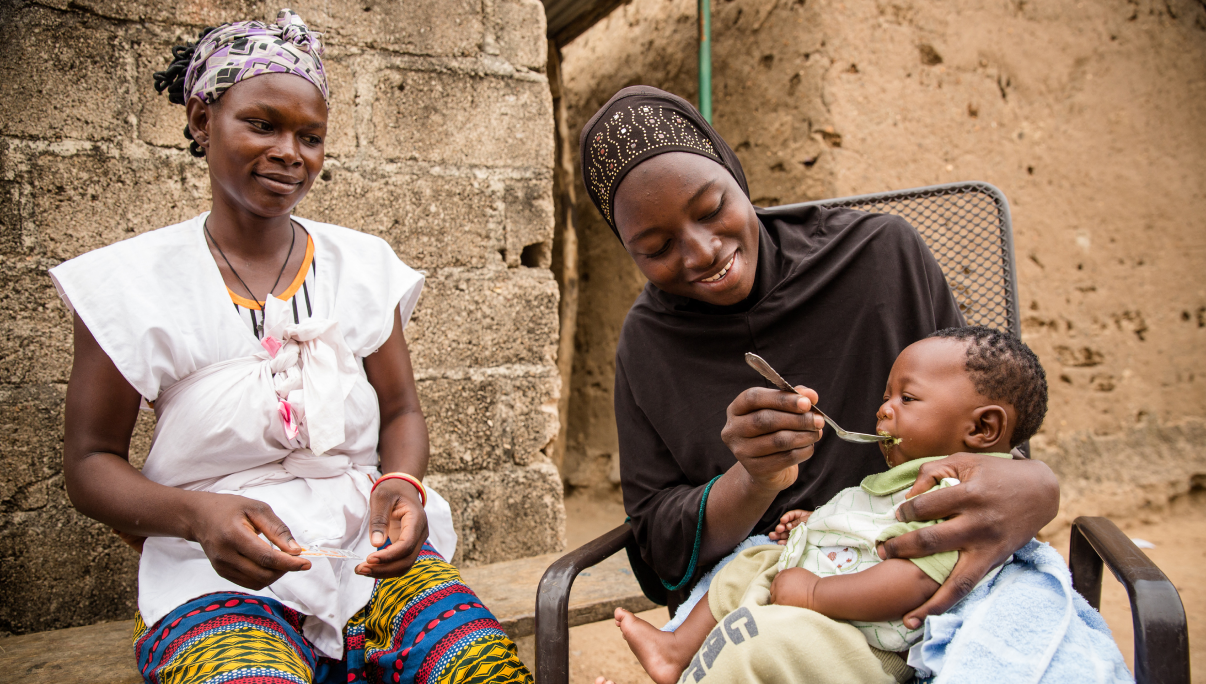Over the past 20 years, remarkable progress has been achieved in the fight against malaria. But this progress is under threat.
Over the past 20 years, remarkable progress has been achieved in the fight against malaria. But this progress is under threat.

76 %
Children under 5 account for three-quarters of all deaths from malaria
597000
In 2023, 597,000 people died from malaria – almost all of them in sub-Saharan Africa
50 %
Nearly half the world’s population is at risk of malaria
263 million
The number of malaria cases worldwide in 2022, significantly higher than before the COVID-19 pandemic
In the case of malaria, this means children under 5 who account for more than 76% of all deaths. Pregnant women and children under 10 account for nearly all the rest.
Malaria parasites and the mosquitoes that transmit them are becoming resistant to the recommended antimalarial medicines and the insecticides used to repel and kill them, threatening our strongest lines of defense.
The most common type of malaria outside sub-Saharan Africa is a complex and persistent form of the disease that poses a risk to more than one-third of the world’s population.
As temperatures across the world rise, hot and humid areas where mosquitoes thrive are expanding and the transmission season is getting longer, putting more people at risk for longer periods of time. The spread of an invasive mosquito species that can transmit the two malaria parasites that pose the greatest threat to humans is an emerging concern.
